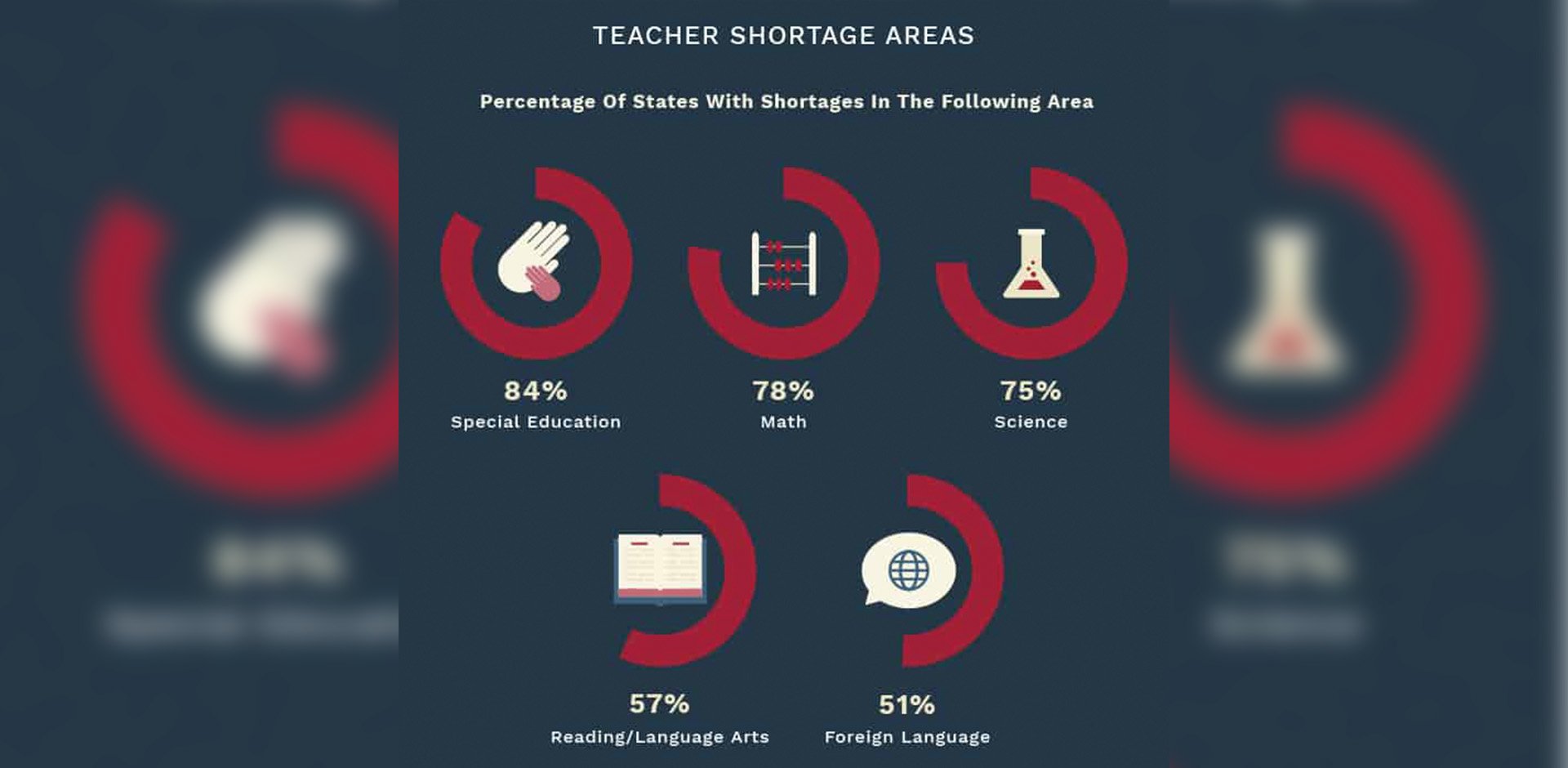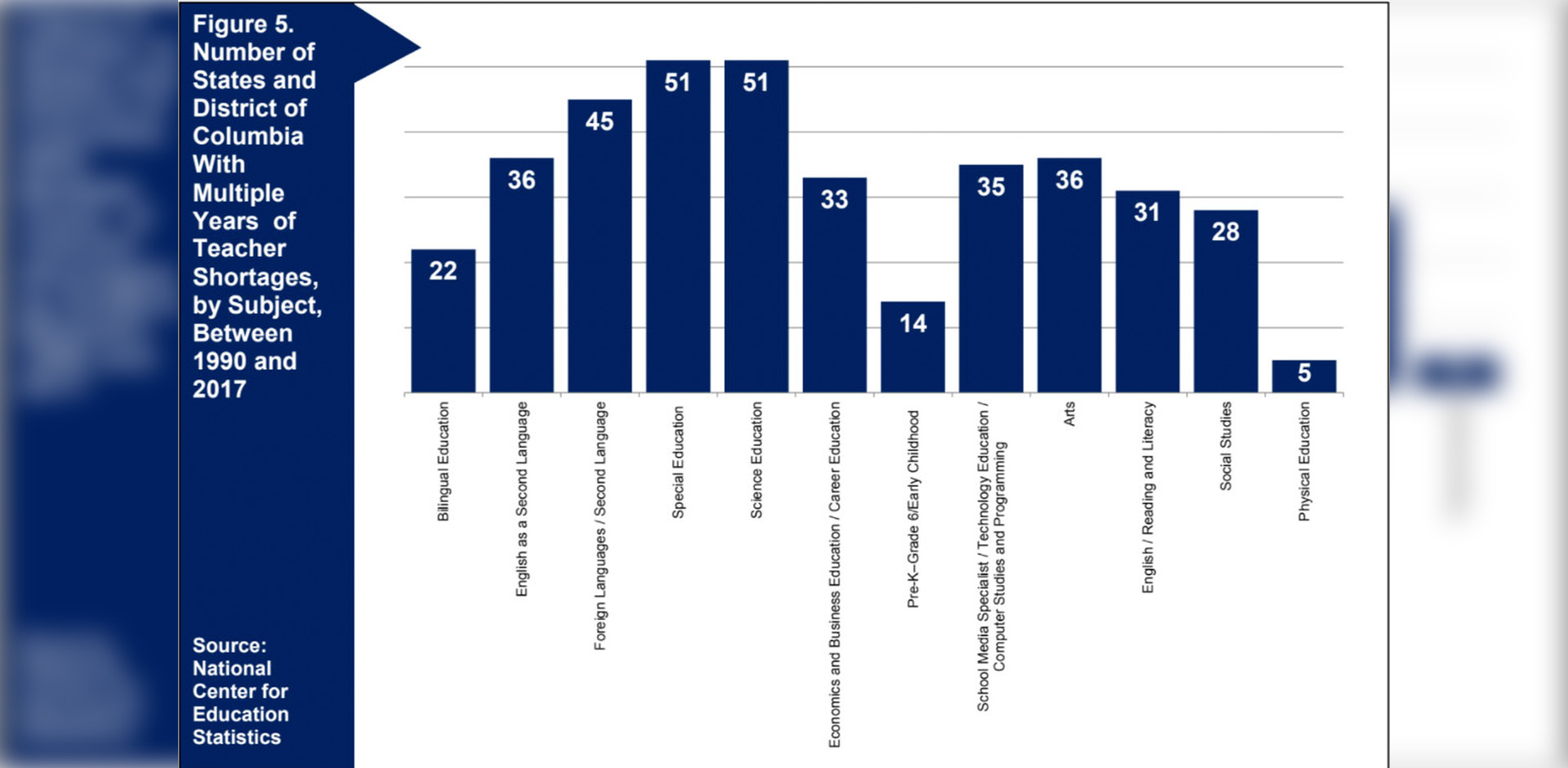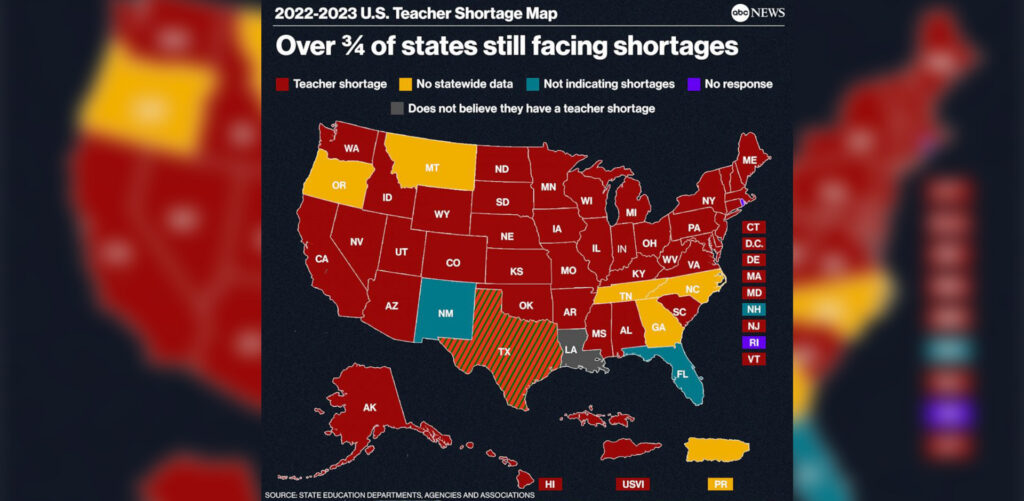The teacher shortage is a growing problem in the United States. According to the National Education Association, there are currently over 100,000 unfilled teaching positions in the country. This shortage is having a significant impact on our kids, both academically and emotionally.

One of the most immediate effects of the teacher shortage is larger class sizes. When there are not enough teachers, schools are forced to combine classes or hire unqualified substitutes. This means that students are getting less individual attention from their teachers, which can make it difficult for them to learn.
In addition to larger class sizes, the teacher shortage is also leading to more teacher turnover. When teachers are overworked and underpaid, they are more likely to leave the profession. This can create a revolving door of teachers in the classroom, which can be disruptive for students and make it difficult for them to build relationships with their teachers.

The teacher shortage is also having a negative impact on student achievement. A study by the Learning Policy Institute found that students in schools with a shortage of teachers are more likely to score lower on standardized tests. This is because students in these schools are less likely to have access to qualified teachers who can provide them with the support they need to succeed.
In addition to the academic effects, the teacher shortage is also having a negative impact on students’ emotional well-being. When students are in classrooms with unqualified teachers or teachers who are constantly stressed and overworked, they are more likely to experience anxiety, depression, and other mental health problems.
The teacher shortage is a serious problem that is having a significant impact on our kids. It is important to address this problem so that all students have access to a quality education.

Here are some things that can be done to address the teacher shortage:
- Increase teacher pay. This is the most important thing that can be done to attract and retain qualified teachers.
- Make it easier for teachers to get certified. The certification process can be lengthy and expensive, which discourages many people from becoming teachers.
- Provide more support for teachers. Teachers need more support from administrators, parents, and the community. This support can take many forms, such as smaller class sizes, more planning time, and better resources.
- Raise awareness of the teacher shortage. Many people are not aware of the severity of the teacher shortage. We need to raise awareness of this issue so that more people will consider becoming teachers.
The teacher shortage is a complex problem, but it is one that we can solve. By taking action, we can ensure that all students have access to a quality education, regardless of where they live.








